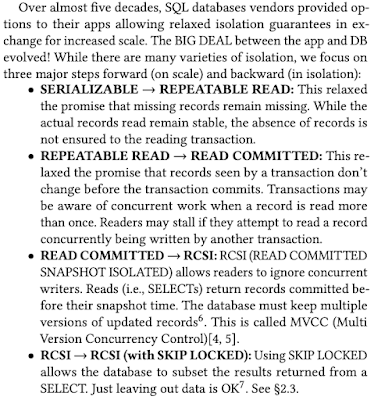Neurosymbolic AI: Why, What, and How
The paper (2023) argues for integrating two historically divergent traditions in artificial intelligence (neural networks and symbolic reasoning) into a unified paradigm called Neurosymbolic AI. It argues that the path to capable, explainable, and trustworthy artificial intelligence lies in marrying perception-driven neural systems with structure-aware symbolic models.
The authors lean on Daniel Kahneman’s story of two systems in the mind (Thinking Fast and Slow). Neural networks are the fast ones: pattern-hungry, intuitive, good with unstructured mess. Symbolic methods are the slow ones: careful, logical, good with rules and plans. Neural networks, especially in their modern incarnation as large language models (LLMs), excel at pattern recognition, but fall short in tasks demanding multi-step reasoning, abstraction, constraint satisfaction, or explanation. Conversely, symbolic systems offer interpretability, formal correctness, and composability, but tend to be brittle (not incremental/monotonic), difficult to scale, and poorly suited to noisy or incomplete inputs.
The paper argues that true AI systems must integrate both paradigms, leveraging the adaptability of neural systems while grounding them in symbolic structure. This argument is compelling, particularly in safety-critical domains like healthcare or law, where transparency and adherence to rules are essential.
The paper divides Neurosymbolic AI into two complementary approaches: compressing symbolic knowledge into neural models, and lifting neural outputs into symbolic structures.
The first approach is to embed symbolic structures such as ontologies or knowledge graphs (KGs) into neural vector spaces suitable for integration with neural networks. This can be done via embedding techniques that convert symbolic structures into high-dimensional vectors, or through more direct inductive bias mechanisms that influence a model's architecture. While this enables neural systems to make use of background knowledge, it often loses semantic richness in the process. The neural model benefits from the knowledge, but the end-user gains little transparency, and the symbolic constraints are difficult to trace or modify. Nevertheless, this approach scales well and offers modest improvements in cognitive tasks like abstraction and planning.
The second approach works in the opposite direction. It begins with the neural representation and lifts it into symbolic form. This involves extracting structured symbolic patterns, explanations, or logical chains of reasoning from the output of neural systems. One common approach is through federated pipelines where a large language model decomposes a query into subtasks and delegates those to domain-specific symbolic solvers, such as math engines or search APIs. Another strategy involves building fully differentiable pipelines where symbolic constraints, expert-defined rules, and domain concepts are embedded directly into the neural training process. This allows for true end-to-end learning while preserving explainability and control. These lifting-based systems show the greatest potential: they not only maintain large-scale perception but also achieve high marks in abstraction, analogy, and planning, along with excellent explainability and adaptability.
The case study in mental health application shows promise. The system's ability to map raw social media text to clinical ontologies and generate responses constrained by medical knowledge illustrates the potential of well-integrated symbolic and neural components. However, these examples also hint at the limitations of current implementations: it is not always clear how the symbolic reasoning is embedded or whether the system guarantees consistency under update or multi-agent interaction.
Knowledge graphs versus symbolic solvers
The paper claims that knowledge graphs (KGs) are especially well-suited for this integration—serving as the symbolic scaffolding that supports neural learning. KGs are graph-structured representations of facts, typically in the form of triples: (subject, predicate, object). KGs are praised for their flexibility, updateability, and ability to represent dynamic real-world entities. But the paper then waves off formal logic, especially first-order logic (FOL) as static and brittle. That's not fair. Knowledge graphs are great for facts: "Marie Curie discovered radium". But when it comes to constraint satisfaction or verifying safety, you'll need real logic. The kind with proofs.
First-order logic is only brittle when you try to do too much with it all at once. Modern logic systems (SMT solvers, expressive type systems, modular specs) can be quite robust. The paper misses a chance here. It doesn't mention the rich and growing field where LLMs and symbolic solvers already collaborate (e.g., GPT writes a function and Z3 checks if it's wrong, and logic engines validate that generated plans do not violate physics or safety).
Knowledge graphs and symbolic logic don’t need to fight, as they don't compete like Coke and Pepsi. They are more like peanut-butter and jelly. You can use a knowledge graph to instantiate a logic problem. You can generate FOL rules from ontologies. You can use SMT to enforce constraints (e.g., cardinality, ontological coherence). You can even use a theorem prover to validate new triples before inserting them into the graph. You can also run inference rules to expand a knowledge graph deductively.
But the paper doesn't explore how lifted neural outputs could feed into symbolic solvers for planning or synthesis or reasoning. It misses the current push to combine neural generation with symbolic checking, where LLMs propose, and the verifiers dispose in a feedback loop.










Comments